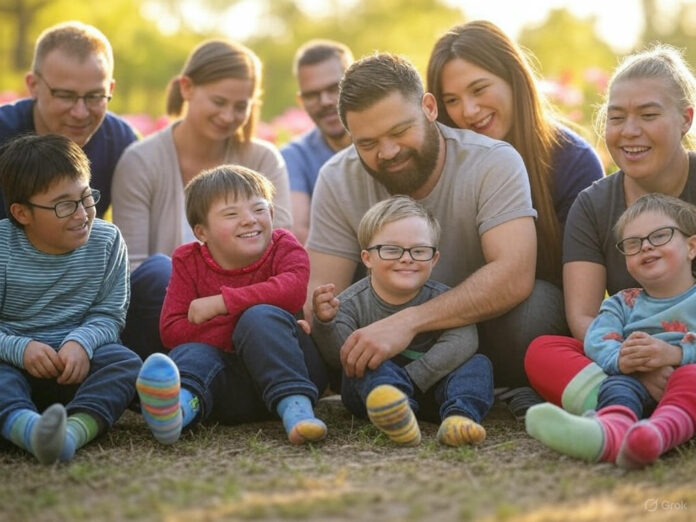March 21, 2025, heralds World Down Syndrome Day, a global initiative to spotlight Down syndrome, a genetic condition caused by an extra chromosome 21 called trisomy 21. This extra chromosome alters physical and intellectual development, affecting roughly one in 700 babies worldwide. People unite today to celebrate individuals with Down syndrome, raise awareness, and push for inclusion. The date—3/21—mirrors the three copies of chromosome 21, a fitting tribute to its significance.
Complete or a partial extra copy of chromosome 21
Down syndrome occurs when a person has a full or partial extra copy of chromosome 21, leading to distinct traits. These include flattened facial features, almond-shaped eyes, shorter stature, and mild to moderate intellectual disability. Health challenges like heart defects, hearing loss, and thyroid issues often accompany the condition. However, with proper care, many live healthy, fulfilling lives. Advances in medicine have extended life expectancy from 25 in the 1980s to over 60 today.
Down syndrome affects about 1 in 700 to 1,000 live births.
Globally, Down syndrome affects about 1 in 700 to 1,000 live births, with slight variations by region. Maternal age influences risk—women over 35 face higher odds, though most babies with Down syndrome are born to younger mothers due to higher birth rates in that group. The condition cuts across all ethnicities and socioeconomic backgrounds. In the U.S. alone, approximately 6,000 babies are born with Down syndrome annually, totaling over 200,000 individuals nationwide.
First World Down Syndrome Day was held in 2006
British physician John Langdon Down first described the condition in 1866, naming it after himself. Initially misunderstood, it was linked to chromosome 21 in 1959 by French geneticist Jérôme Lejeune. Early attitudes were grim—many with Down syndrome faced institutionalization. Advocacy shifted this narrative in the 20th century, with the first World Down Syndrome Day held in 2006, backed by the United Nations since 2012. Today, it’s a platform for education and empowerment.
The day is marked with mismatched socks
Communities mark the day with mismatched socks, a quirky nod to uniqueness that sparks dialogue. Schools, offices, and families join in, sharing vibrant photos online. Stories of resilience emerge—parents cheer milestones, siblings cherish bonds. Events like marches and webinars amplify these voices, urging inclusion.
Medical and educational strides shine bright. Therapies boost skills, inclusive schools thrive, and research tackles health hurdles. Yet, disparities in access and lingering stigma persist. Advocates say understanding is key—World Down Syndrome Day fuels this mission, uniting the globe for a more inclusive tomorrow.

